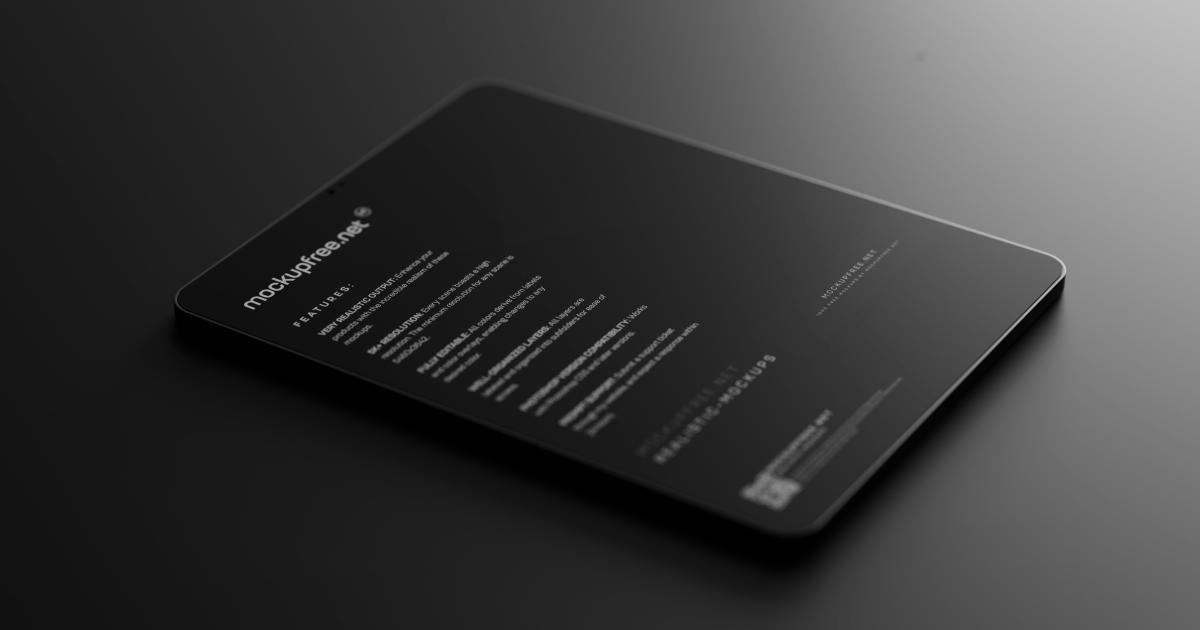How to Simplify Complex Data Analysis Using Custom Dashboards


Data analysis is a crucial aspect of modern business operations, allowing organizations to gain valuable insights and make informed decisions. However, as the volume and complexity of data continue to grow, the process of analyzing and interpreting this information can become increasingly challenging. This is where custom dashboards come into play, providing a streamlined and intuitive way to simplify complex data analysis.
In this comprehensive article, we'll explore how to leverage custom dashboards to transform your data-driven decision-making process. We'll delve into the benefits of custom dashboards, the key features to consider, and practical steps to create and optimize your own custom dashboard solutions.
Understanding the Power of Custom Dashboards in Data Analysis
In today's data-driven landscape, organizations often find themselves drowning in a sea of information, struggling to extract meaningful insights and actionable intelligence. Traditional data analysis methods, such as spreadsheets and generic reporting tools, can quickly become overwhelmed by the sheer volume and complexity of the data.

Custom dashboards offer a solution to this challenge by providing a centralized, visually-appealing, and highly customizable platform for data analysis. These intuitive tools allow you to consolidate and present data from multiple sources, enabling you to identify trends, patterns, and key performance indicators (KPIs) at a glance.
The Benefits of Custom Dashboards
Enhanced Visibility and Clarity: Custom dashboards transform raw data into visually-engaging charts, graphs, and tables, making it easier for users to understand and interpret complex information.
Improved Decision-Making: By providing a comprehensive view of your data, custom dashboards empower decision-makers to quickly identify trends, opportunities, and potential issues, leading to more informed and timely decisions.
Streamlined Reporting: Custom dashboards eliminate the time-consuming process of manually compiling reports from various data sources, allowing you to generate and share insights with stakeholders more efficiently.
Increased Productivity: By automating data aggregation and visualization, custom dashboards free up valuable time and resources, enabling your team to focus on higher-level strategic initiatives.
Customizable and Scalable: Custom dashboards can be tailored to the specific needs and preferences of your organization, ensuring that the data presented is relevant and actionable. As your data requirements evolve, custom dashboards can be easily updated and scaled to meet changing needs.
Understanding the Key Features of Custom Dashboards
To fully leverage the benefits of custom dashboards, it's essential to understand the key features that make them an invaluable tool for data analysis. Some of the essential features include:
Data Integration: Seamless integration with multiple data sources, allowing you to consolidate information from various systems and platforms into a single, centralized dashboard.
Visualization Options: A wide range of visualization tools, such as charts, graphs, and tables, that enable you to present data in the most intuitive and meaningful way.
Interactivity and Drill-Down Capabilities: The ability to interact with the dashboard, drill down into specific data points, and explore underlying details to gain a deeper understanding of the information.
Customizable Layouts and Branding: The flexibility to customize the dashboard's layout, color schemes, and branding to align with your organization's visual identity and preferences.
Real-Time Data Updates: Continuous, real-time data updates, ensuring that the information displayed on the dashboard is always current and relevant.
Collaboration and Sharing: Features that allow users to collaborate, share insights, and set permissions to control access and visibility.
Performance Monitoring: The ability to track and monitor key performance indicators (KPIs) and metrics, enabling you to measure the success of your data-driven initiatives.
Designing and Implementing Custom Dashboards
Creating an effective custom dashboard requires a structured approach that considers the specific needs and goals of your organization. Here's a step-by-step guide to designing and implementing custom dashboards for your data analysis efforts:
Step 1: Identify Your Data Analysis Objectives
Begin by clearly defining the objectives and pain points that you aim to address with your custom dashboard. Consider the following questions:
- What business decisions or strategies will this dashboard support?
- What specific insights or KPIs do you need to track and monitor?
- Who are the primary users of the dashboard, and what are their data analysis needs?
By understanding your objectives, you can ensure that the dashboard design and features align with the specific requirements of your organization.

Step 2: Assess Your Data Sources and Integrations
Evaluate the various data sources that you need to incorporate into your custom dashboard. This may include internal systems, external APIs, and third-party applications. Determine the feasibility of integrating these data sources and ensure that the necessary access and permissions are in place.
Additionally, consider the data quality, consistency, and reliability of the information you'll be incorporating into your dashboard. This will help you identify any data cleansing or transformation requirements before the dashboard design phase.

Step 3: Design the Dashboard Layout and Visualization
With your objectives and data sources in mind, begin designing the layout and visualization elements of your custom dashboard. This step involves:
Determining the Dashboard Structure: Decide on the overall layout and organization of the dashboard, considering the placement of key sections, widgets, and data visualizations.
Selecting Appropriate Visualization Types: Choose the most suitable chart types, graphs, and tables to present your data in the most intuitive and meaningful way.
Ensuring Intuitive Navigation: Incorporate intuitive navigation features, such as filters, drill-down capabilities, and interactive elements, to enable users to explore the data effortlessly.
Maintaining Consistent Branding: Align the dashboard's design with your organization's branding guidelines, including colors, fonts, and logos, to create a cohesive and professional appearance.

Step 4: Develop and Test the Dashboard
With the design in place, begin the development and implementation of your custom dashboard. This may involve working with a data visualization or business intelligence (BI) tool, such as Power BI, Tableau, or Qlik, to bring your design to life.
During the development process, be sure to:
Validate Data Accuracy: Thoroughly test the dashboard to ensure that the data displayed is accurate, up-to-date, and aligned with your source systems.
Optimize Performance: Ensure that the dashboard loads quickly and responds seamlessly to user interactions, even with large datasets.
Conduct User Acceptance Testing: Gather feedback from a representative group of users to identify any usability issues or areas for improvement.
Implement Security and Access Controls: Set appropriate permissions and access controls to ensure that sensitive data is only visible to authorized users.

Step 5: Deploy and Maintain the Dashboard
Once the dashboard has been developed and thoroughly tested, it's time to deploy it to your organization. Provide comprehensive training and support to ensure that users are comfortable navigating and interpreting the information presented.
Ongoing maintenance and updates are crucial to the long-term success of your custom dashboard. Regularly review user feedback, monitor performance metrics, and make iterative improvements to enhance the dashboard's functionality and relevance over time.

Optimizing Your Custom Dashboard for Maximum Impact
To ensure that your custom dashboard continues to deliver maximum value, it's essential to regularly optimize and refine its features and functionality. Here are some key strategies to consider:
Continuously Gather User Feedback
Engage with your dashboard users on a regular basis to understand their evolving needs and pain points. Collect feedback through surveys, focus groups, or one-on-one interviews to identify areas for improvement and new feature requests.
Leverage Advanced Analytics and Predictive Modeling
Integrate advanced analytics and predictive modeling capabilities into your custom dashboard to uncover deeper insights and drive more informed decision-making. This may include features like forecasting, anomaly detection, and scenario planning.

Enhance Collaboration and Sharing
Implement robust collaboration and sharing features that allow users to annotate, comment, and share insights derived from the dashboard. This can foster cross-functional collaboration and ensure that valuable information is disseminated effectively.
Optimize for Mobile Accessibility
Ensure that your custom dashboard is optimized for mobile devices, allowing users to access and interact with the data on-the-go. This can involve responsive design, mobile-friendly visualizations, and the incorporation of touch-based interactions.

Continuously Monitor and Iterate
Regularly review the performance and usage metrics of your custom dashboard to identify areas for improvement. Continuously iterate on the design, features, and functionality to ensure that the dashboard remains relevant and effective in supporting your organization's evolving data analysis needs.
By following these strategies, you can continuously optimize your custom dashboard, ensuring that it remains a powerful and indispensable tool for simplifying complex data analysis and driving informed decision-making within your organization.